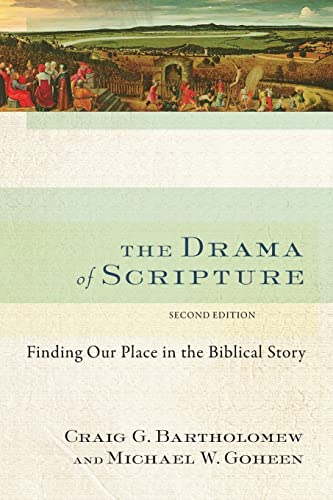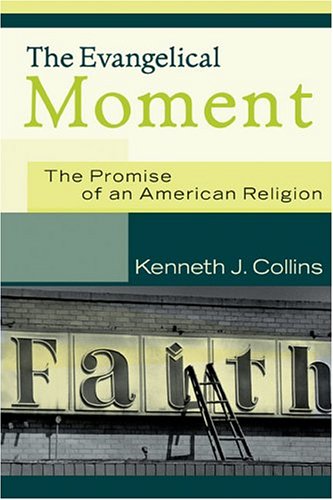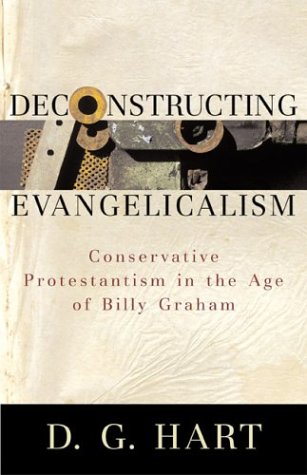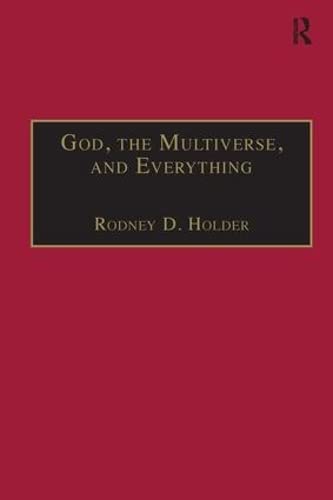One of a recent number of books on the Septuagint, Jennifer M. Dines’ The Septuagint introduces the scholarly issues and questions involved in studying the Septuagint. The Septuagint, as Dines indicates, is not meant to provide comprehensive answers to the scholarly issues surrounding Septuagint studies, but rather, it is intended to be a primer on the Septuagint, providing direction and resources for further study.
The opening chapter of The Septuagint explains the difficulty of actually defining ‘the Septuagint’, discusses the various manuscripts and editions of the Greek OT, and provides a helpful synopsis on the Greek translation of each OT book. Chapters two and three describe different issues surrounding the origin of the LXX, including facts and legends involving the original translation of the OT into Greek, possible dates of translation, and diverse theories on the purpose of the translation. Chapter four traces the views on the LXX’s origin from Philo to Jerome and the influence these views had on the authoritative understanding of the LXX both in Jewish and Christian circles. The development of the Septuagint text until the fifth century ceis discussed in chapter five. This chapter covers the numerous versions of the LXX, including Theodotion, Aquila, Symmachus, their precursors, and the Christian recensions Chapter six wrestles with the use of language and translation style, and the final chapter addresses the uses of the LXX past and present, including comparison with the MT, use in Jewish and Christian interpretation, and modern study.
The Septuagint is clearly organized and outlines the significant issues of LXX studies in a short space. The end of each chapter contains a valuable annotated list of resources for further study. The scholarly questions regarding the origin of the LXX, its purpose of translation, textual development, and theories on how the LXX was meant to be read are presented in a straightforward manner, is are the various suggested answers to these questions. One of the primary benefits of Dines’ book is that the arguments for each of the viewpoints are articulated fairly and collectively. Anyone studying the LXX, including those studying it in relation to the MT, the NT, or the early church fathers, should be aware of these issues.
Dines’ book is especially useful in explaining difficulties arising in textual criticism of the LXX and understanding possible translation techniques. The discussion of language and style in chapter six with regard to original translation models provides useful information for evaluating current LXX translation philosophies, specifically those of La Bible d’Alexandrie and the New English Translation of the Septuagint (NETS). As elsewhere, Dines’ discussion of these translation philosophies is well-balanced.
As a introductory book, The Septuagint does suffer from its brevity LXX terminology and issues are not always completely explained, and there are occasions in the book where previous LXX knowledge is helpful in understanding the flow of the discussion. The Septuagint serves as a positive introduction to the issues of LXX translation and origin, while being helpful in pointing towards areas of further study, but it may not serve as the best introduction to the LXX for those with no prior knowledge of LXX studies.
Benjamin E. Reynolds
University of Aberdeen







